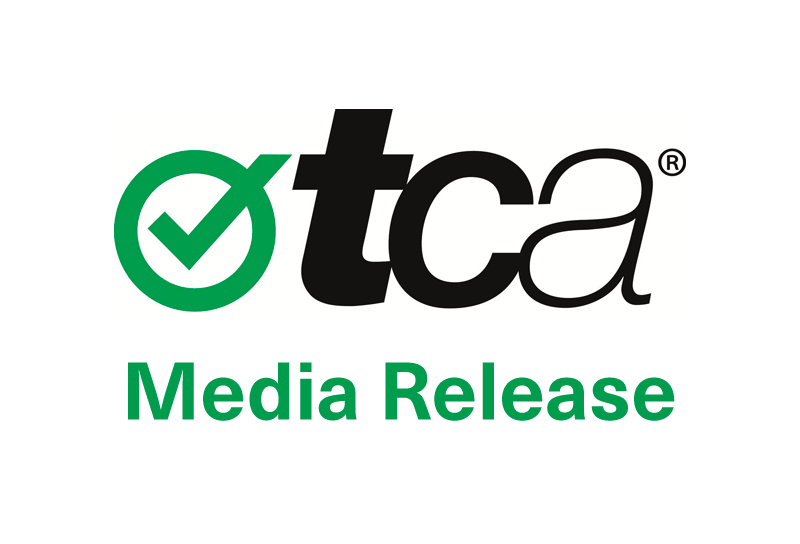On-Board Mass (OBM) Functional and Technical Specification – TCA releases final draft

Transport Certification Australia (TCA) has released the final draft version of the On-Board Mass (OBM) Functional and Technical Specification – for the last round of review from industry stakeholders, prior to finalisation in early 2017.
TCA Chief Executive Officer, Chris Koniditsiotis said, “The OBM Functional and Technical Specification forms part of the National Telematics Framework, which provides a nationally agreed framework for the use of telematics and related intelligent technologies.”
“The National Telematics Framework houses the Intelligent Access Program (IAP), Intelligent Speed Compliance (ISC), the Certified Telematics Service (CTS), and a suite of commercial telematics applications, as well as OBM systems.”
Consistent with the principles of the National Telematics Framework, the availability of the Specification will minimise cost to industry, removing barriers and red tape, by achieving greater harmonisation and consistency through performance based open standards – while promoting innovation.
Importantly, the Specification details the functional and technical requirements necessary for stakeholders to obtain assurance in the use of OBM systems – be it for commercial or regulatory use – with requirements extending to accuracy, security, installation, calibration and maintenance.
Commonly known as weigh scales or mass systems, OBM units typically utilise load cell or air pressure technologies to measure the axle group mass and gross vehicle mass of heavy vehicle combinations.
The final draft Specification has been developed with the active engagement of the Telematics Industry Group (TIG) – including suppliers of OBM systems – and the operational learnings from transport operators’ use of OBM systems linked to the IAP in Queensland and New South Wales.
The Specification builds upon the road transport industry’s move to adopt hardware which can support both commercial and regulatory telematics applications.
Last month TCA reported that over 30,000 Telematics In-Vehicle Units (IVUs) installed in heavy vehicles, already meet (or are capable of meeting with minor amendments) TCA requirements to co-locate commercial and regulatory applications through a single Telematics IVU.
The availability of the OBM Functional and Technical Specification, together with the introduction of the type-approval of OBM Systems, provides transport operators with assurance in performance, accuracy and quality of the OBM system now, and into the future.
Feedback is sought on the final draft specification by 20 January 2017.
The final Specification will enable TCA to accept applications for type-approval of OBM Systems beginning the first quarter of 2017.